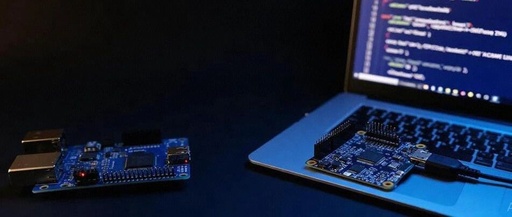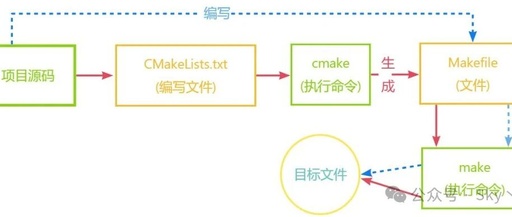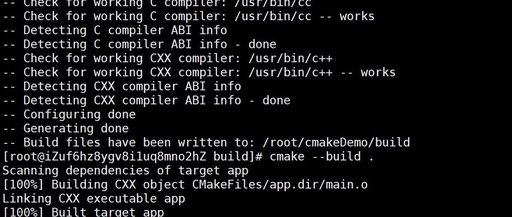When CMake Meets Python
CMake is not unfamiliar to many who are familiar with C and C++. Today, we will look at a somewhat unusual application scenario: using CMake to manage and run Python applications. This approach can be effective in certain situations, such as when code generation is done in C++, and tool scripts are written in Python, … Read more









